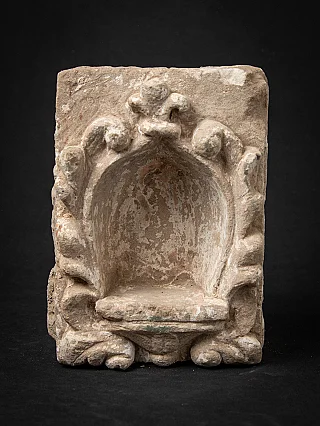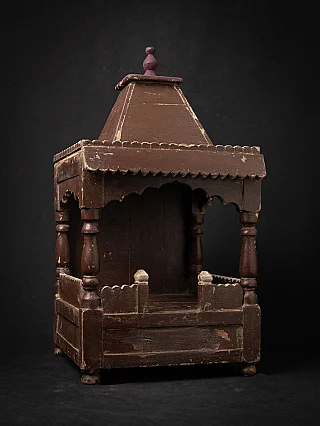Pindaya Caves: a Buddhist pilgrimage site in Burma

Pindaya Caves are a Buddhist pilgrimage site located in Myelat region, Burma. This place has gained tourist attraction in the recent years. Therefore, not only the Buddhist devotee but also tourists pay a homage to the Buddha and side by side enjoy the natural beauty of Burma. The site has altogether three caves on the hillside situated in Myelat region. Among the caves, those located in the southern parts are accessible to general public.
Legends associated with Pindaya Caves
There is a general belief that once all the seven princesses were bathing in the lake. They were all captured by a giant spider and were trapped in one of the cave. The princesses were later rescued by Prince Kummabhaya of Yawnghwe. To remember, his braveness, a sculpture of Prince Kummabhaya was constructed aiming with his bow and arrow to the giant spider at the entrance of the cave.
Features of Pindaya Caves
Buddha statues in Pindaya Cave
The southernmost pindaya cave is extended for about 490 ft. This cave is best known for the cave which contains over 8000 statues of Buddha. The antique Buddha statues housed in this cave have inscriptions dating to the late 18th century or early Konbaung period. It is recorded that the earliest possible Buddha statue dates back from 1733. Even though some of the statues don't have any inscription, Burmese Historian, Than Tun, believes that none of the statues were older than the 18th century. He also added that the Buddha statues were added on an ongoing basis by different donors throughout the cave's history. Therefore, a collection of statues was formed from early 18th century to modern period and this collection provides an impressive display of Buddhist Iconography. In this collection, we are able to see a different style of Burmese Buddha statues like Amarapura Buddha statues, Mandalay Buddha statues, Rakhine Buddha statues, Mon Buddha statues, etc. This particular collection of Buddha statues also drives art and culture lovers to visit Pindaya cave and to observe the art form closely.
Buddha statues of Bhisakkaguru tradition
Other than these statues, there are about seventy unique statues of Bhisakkaguru tradition. These statues also date to the late 18th century. The physical appearance of the statues is different from most other statues from Burma. The main feature of this statues is the holding of a seed in the upturn right palm. Historian Tun reports that these statues are constructed based on Buddhist iconography of Mahayana tradition and are only present in the Burma. Therefore it can be concluded that the Pindaya cave was also used as the Mahayana Bhisakkaguru cult.
Golden Cave Pagoda
At the entrance of the southernmost cave, there is a Shwe U Min Pagoda or Golden Cave Pagoda which measures 15 m or 49 ft. It is believed that the pagoda was built by King Ashoka, The Great. The Pagoda was then renovated in the 12th century by King Alaungsithu.
Bronze Bell
At the entrance, we can observe a large bronze bell which was cast in 1842 CE. The weight of the bell cast is of 654 kg and has a barely readable inscription in its body.
The entrance gate
The present-day entrance gate was built in 1925 CE focusing on artistic value as well. The earlier entrance gate was collapsed with the objective to enlarge the entrance of the gate. In this process, some of the valuable Buddhist arts and epigraphs were destroyed.
A place for pilgrims:
With the objective to accommodate the pilgrims, a steel structure was constructed inside the cave. The inscription found in this structure indicates that a wide range of donors helped to build the building. They were from Theravada, Hindu, Chinese, and even Muslim communities. During the construction/ renovation, some of the antique Buddhist arts were removed to the nearby monastery but were destroyed during World War II.
Share this page














































